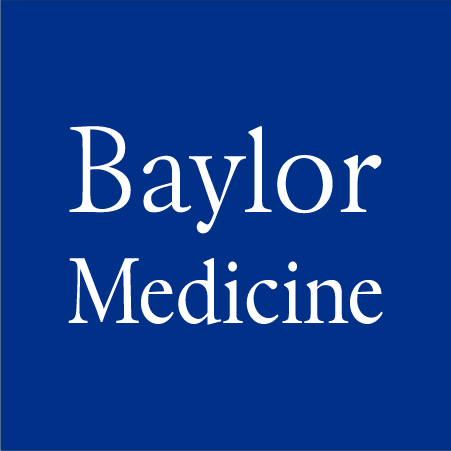Language
English
Publication Date
2-1-2022
Journal
Disease Models & Mechanisms
DOI
10.1242/dmm.049004
PMID
35174853
PMCID
PMC8844455
PubMedCentral® Posted Date
2-17-2022
PubMedCentral® Full Text Version
Post-print
Abstract
Rhabdomyosarcoma (RMS) is the most common soft tissue sarcoma in children, with overall long-term survival rates of ∼65-70%. Thus, additional molecular insights and representative models are critical for identifying and evaluating new treatment modalities. Using MyoD-Cre-mediated introduction of mutant K-RasG12D and perturbations in p53, we developed a novel genetically engineered mouse model (GEMM) for RMS. The anatomic sites of primary RMS development recapitulated human disease, including tumors in the head, neck, extremities and abdomen. We confirmed RMS histology and diagnosis through Hematoxylin and Eosin staining, and positive immunohistochemical staining for desmin, myogenin, and phosphotungstic acid-Hematoxylin. Cell lines from GEMM tumors were established with the ability to engraft in immunocompetent mice with comparable histological and staining features as the primary tumors. Tail vein injection of cell lines had high metastatic potential to the lungs. Transcriptomic analyses of p53R172H/K-RasG12D GEMM-derived tumors showed evidence of high molecular homology with human RMS. Finally, pre-clinical use of these murine RMS lines showed similar therapeutic responsiveness to chemotherapy and targeted therapies as human RMS cell lines.
Keywords
Animals, Disease Models, Animal, Humans, Mice, Rhabdomyosarcoma, Sarcoma, Soft Tissue Neoplasms, Tumor Suppressor Protein p53, GEMM, Rhabdomyosarcoma, K-Ras, Syngeneic models
Published Open-Access
yes
Recommended Citation
Nakahata, Kengo; Simons, Brian W; Pozzo, Enrico; et al., "K-Ras and p53 Mouse Model With Molecular Characteristics of Human Rhabdomyosarcoma and Translational Applications" (2022). Faculty and Staff Publications. 1928.
https://digitalcommons.library.tmc.edu/baylor_docs/1928
Included in
Biological Phenomena, Cell Phenomena, and Immunity Commons, Life Sciences Commons, Medical Cell Biology Commons, Medical Microbiology Commons, Medical Molecular Biology Commons, Medical Specialties Commons


